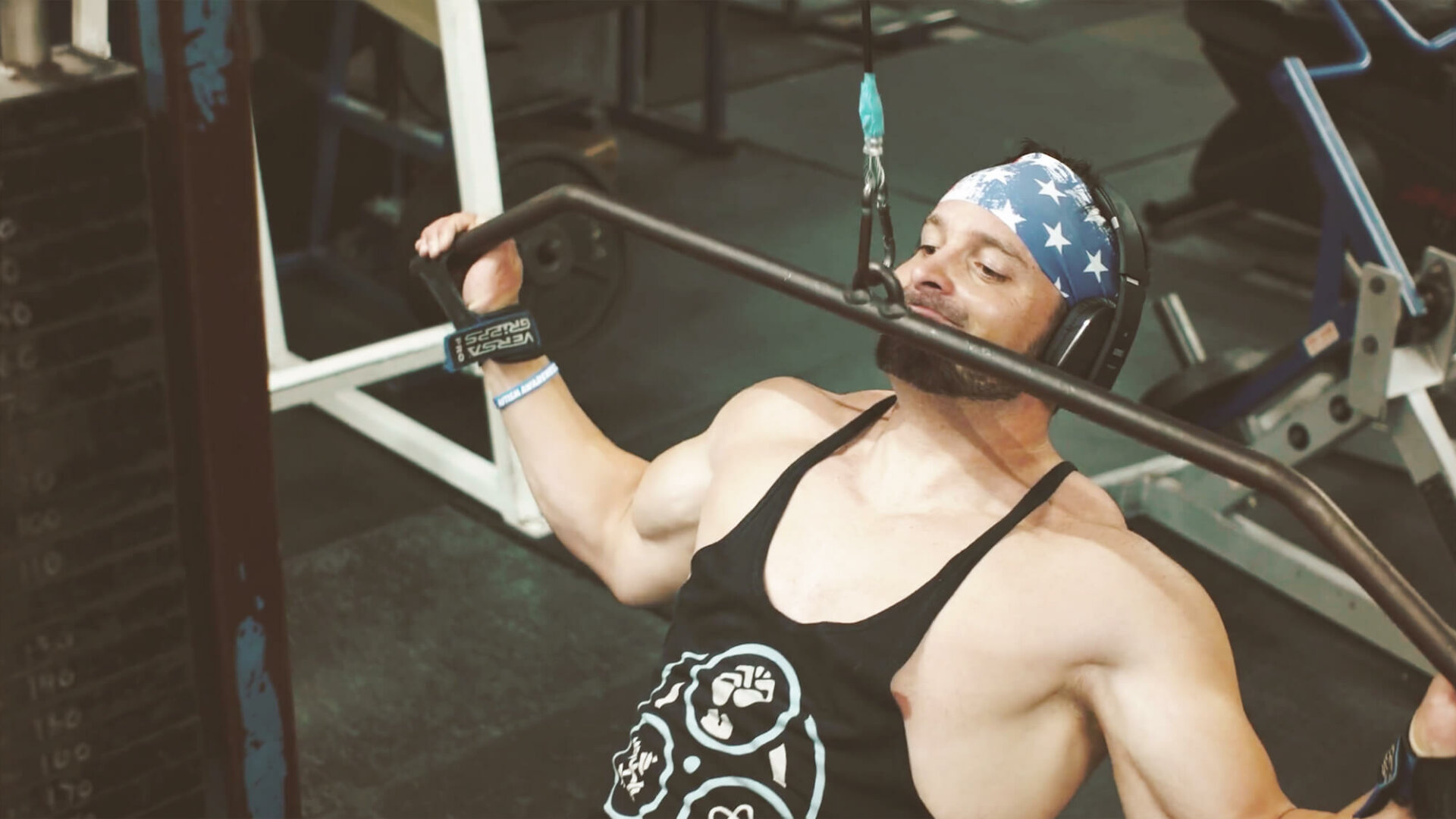Have you ever had a case of the “muscle confusion?” You know, where you “change up your routine to shock your body.” And then all of the sudden you actually wind up getting some nice results. The good news is that muscles don’t get confused. Through marketing, “muscle confusion” confusion came to mean something more than what it is.
So, what exactly is it? According to the law of accommodation, the body adapts to a given stimulus over time. So if you deadlift 300lbs, a few times a week, for months on end, you’ll get exceptionally good at deadlifting that weight. But you won’t get stronger. You’ve just adapted to a given stimulus, and your body wants to be efficient, so the adaptation occurs.
Common parlance calls this occurrence of adaptation a plateau. I like to think of it as your body’s way of saying “congratulations, you’re more efficient.” So the idea behind muscle confusion is that you’re continually providing new stimuli to increase your results. So while the phrase is on the right track, it misses a lot.
So this is where controlled variety comes into play. You don’t want to be that guy shadow boxing between sets because it increases your work capacity. Not only is it irrelevant to your goals, it takes up a lot of space.
Forms of Variety
I like to look at movement variety on a sort of sliding scale. If you move the dial on that scale up a small amount, you get a small but noticeable change in what you’re doing. Move the proverbial dial higher, and the more noticeable changes you see, and hopefully the results come along with that, too.
So what I will do is go over a few different ways you can add more variety into your current training structure and not derail your progress or deprive yourself of your favorite exercises. During all of these, you will add new training stimuli while keeping the overall structure the same.
Novelty
This is the easiest way to add variety into your exercise program. Before any of us ever touch a weight, we are unburdened by dogma, bad form, and Instagram. When you start lifting, the idea of program hopping for the purpose of novelty (above results) becomes extremely tempting. But there’s a way to do it right.
A novel movement is just like it sounds. It’s something new. And just like when you started, whenever you add something new, it’s easy to progress in it. And you can do so for a while before the plateau sets in.
I prefer to add in novel movements in two circumstances:
- Injury and
- A new goal
So as an example, if you have a bad hip and you can’t barbell back squat, some novelty might help you stay strong and stay active. For instance, you could add in a one legged pistol squat, so that you can keep training your legs. If you have never done one before, you can go through the various progressions and nail it. And in our example, and depending on the nature of the injury, you could potentially perform it on both legs.
Or, let’s say you are tired of training the bench, squat, and deadlift. One day, you decide you want to be able to walk on your hands. Adding in progressions to be able to perform a handstand and then walk with it will be your novel movements. Add those in and you’ll be on the PR train for a while.
The same also holds true if you train primarily in calisthenics. Add in barbell work for novelty, you’ll be on that PR train for a while.
Volume
Even something as simple as adding in more volume—combined weight of reps and sets if you’ll recall—can stimulate new growth. It’s not quite as sexy as “muscle confusion” but it’s a sound principle, and that’s what you want.
So for adding in volume, the type depends on what you’re after. If you’re a powerlifter, it will look different than if you’re a bodybuilder.
For instance, in powerlifting when you stall on one of your lifts, a simple solution is to add more volume in the training of it. You can do so by adding in another day of training, adding in AMRAP sets, or more reps per set.
If your goal is body composition, you would have to find out where you are not growing and assess that. From there, you can add in volume like we did for the powerlifter—add in more sets and reps on a given lift, or train it with more frequency—or you can throw in more exercises.
The exercises you choose are dependent on your goal. If you want broader shoulders, for instance, you could add more overhead pressing work to your routine, in addition to more isolation work, like medial deltoid raises, rear delt flies, Arnold presses, or anything you see fit.
Movement Alterations
As far as variety goes, this is my favorite. There is a lot you can do to tweak a movement to reach master of it. The technicality and the speed at which you perform a given exercise are good places to start. If you will recall, there is a learning curve on this.
If you are new to an exercise, let’s say a squat, you’ll start off slow. The goal over time is to then increase the speed of the lift. If you can safely do that, then you can start to make modifications of a particular movement.
With the squat example, let’s imagine a sliding dial, like I mentioned earlier. Slight increments on that dial can include:
- Feet placement
- Hand placement
- Head angle
Bigger adjustments to the dial can combine the previous or be alterations in and of themselves, such as:
- low bar squats
- high bar squats
- safety bar squats
- cambered bar squats
And still, you have even bigger adjustments in the form of
- front squats
- box squats
- heavy goblet squats
- squats from the bottom at a dead stop
- Band resisted squats
Now, all these provide a different stimulus, due to the different leverages. I’ve gone over those variants in greater detail, but they still do have a common thread. You’re still squatting. And if you get strong in one (or all of them) you’ll get stronger on a whole. And if you do compete, and practice specifically, you will get stronger at your competition lifts.
In addition to that, you can apply these movement variants to other lifts, too. For instance, dumbbell bench pressing, incline bench pressing, and the like. But I can’t reiterate enough, if competition lifts are your goal, you still have to practice those in approximate contest conditions.
Conclusion
And there you have it. Three simple ways to add more variety into your training. Are there more? Yes, of course. But these are some of the easiest ways you have at your disposal.
The answer to the question of when to add them is, as always, “it depends.” If you want to practice maintaining for a while, keep them there. If you have been going hard for an extended length of time, it might be a good idea to hold on for a bit (or ideally, back off).
If you don’t have any pressing goals, competitions, deadlines or anything, you can cruise for a while longer. When you decide it’s the right time, then you implement the strategies.
References
- Zatsiorsky, V. M., & Kraemer, W. J. (2006). Science and practice of strength training. Champaign, IL: Human Kinetics.

